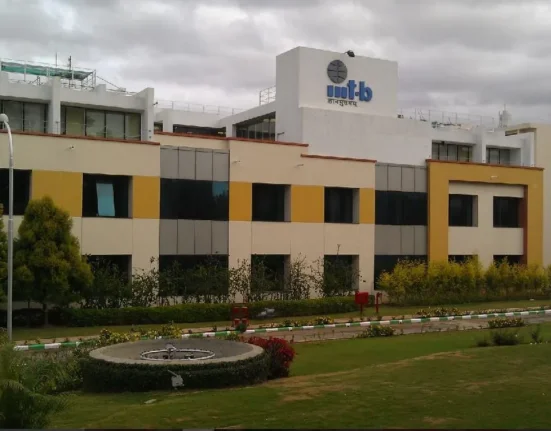
3,000 Qubit System Runs Continuously for Two Hours: Harvard and MIT Achieve Quantum Milestone
- by Priyadarshan
- 1 October 2025
- 2 minutes read
In a breakthrough poised to reshape the future of quantum computing, researchers from Harvard and MIT, working with Boston-based startup QuEra Computing, have unveiled a quantum computing system that features more than 3,000 qubits and can operate for over two continuous hours—a feat that establishes a new benchmark for reliability and scalability in the field.
Continuous Quantum Operation: The Technical Leap
Published in Nature this week, the research addresses a persistent obstacle for neutral atom quantum computers: atom loss. In traditional systems, qubits—quantum bits that store and process information—are lost over time, forcing scientists to halt computations, reload atoms, and restart. The Harvard-MIT team’s innovation lies in their use of optical lattice conveyor belts and optical tweezers.
These technologies work in tandem to shuttle, capture, and rapidly replenish atoms, maintaining the quantum array and preserving crucial information throughout extended operations. According to the Harvard Gazette, the system demonstrated sustained operation by cycling through more than 50 million atoms during its two-hour run.
How It Works: Optical Lattice Conveyor Belts and Tweezers
The system’s success is rooted in two core techniques:
- Optical lattice conveyor belts—laser-generated waves that transport atoms efficiently across the quantum array.
- Optical tweezers—highly focused laser beams that grab and arrange individual atoms in precise grid-like patterns.
This approach enables the system to reload up to 300,000 atoms per second, ensuring that lost qubits can be replaced on the fly, without interrupting ongoing computations. As Elias Trapp, a lead researcher, explained,
“We’re showing a way where you can insert new atoms as you naturally lose them without destroying the information that’s already in the system.”
Why This Matters: From Lab to Real-World Quantum Computing
The quantum research community has hailed this development as a pivotal step toward fault-tolerant, large-scale quantum computers. Previous systems, including a recent Caltech achievement with 6,100 qubits, managed continuous operation for less than 13 seconds.
By comparison, the Harvard-MIT system’s two-hour runtime represents a quantum leap in practical usability. Experts emphasize that the ability to continuously replenish qubits is more significant than simply increasing qubit count—a sentiment echoed across academic and technology circles.
Implications and Next Steps
This breakthrough opens the door for quantum computers to tackle complex problems in science, medicine, and finance that are currently out of reach for classical machines. The research team and outside observers anticipate a wave of follow-up experiments, applying this architecture to real-world quantum computations and exploring its potential to scale even further.
As the quantum race accelerates, the Boston/Cambridge region cements its position as a global leader in quantum innovation. For readers interested in following or discussing the latest in quantum technology, join our WireUnwired WhatsApp community.
Discover more from WireUnwired Research
Subscribe to get the latest posts sent to your email.









